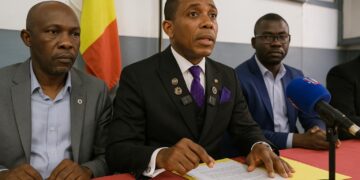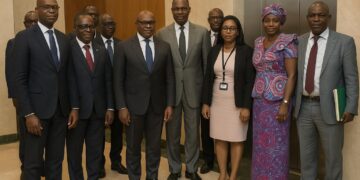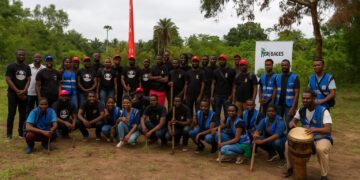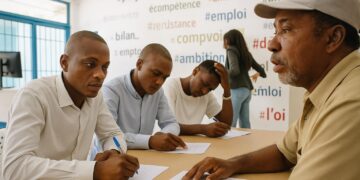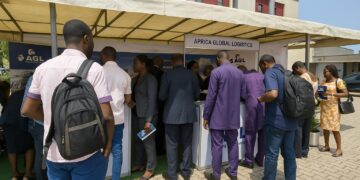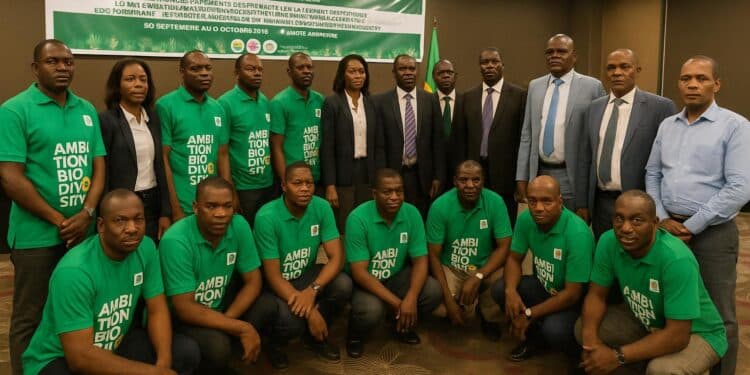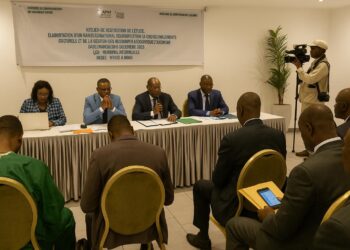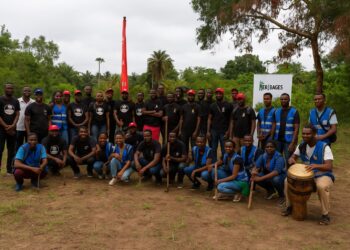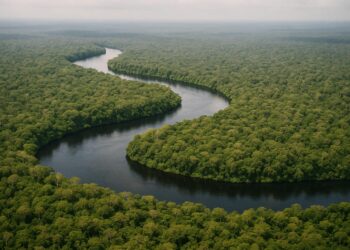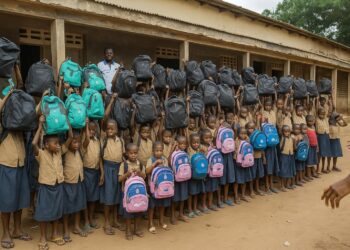Congo Accelerates Nature Finance Instruments
After two intensive days of technical review, Congolese environmental experts formally endorsed the concept notes for Payments for Ecosystem Services (PES) and Biodiversity Certificates on 1 October in Brazzaville, marking a decisive advance for the Biodev 2030 programme launched in 2020.
Representing the Minister of Environment, Sustainable Development and the Congo Basin, Aurore Zelda Nguitoukoulou hailed the endorsement as “a giant leap toward full remuneration for communities managing our natural capital”, emphasising the transition from ideas to financially structured proposals attractive to domestic and international financiers.
The validated instruments aim to monetise ecosystem services ranging from carbon sequestration to watershed protection, while the certificates intend to reward measurable conservation outcomes, aligning Congo’s strategy with emerging global biodiversity credit markets outlined during recent UNCBD and COP27 discussions.
Turning Concepts into Bankable Projects
Although endorsement provides political momentum, officials stressed that detailed project designs, risk assessments and financial models are now required to secure funding from multilateral climate facilities, private impact investors and regional development banks.
Technical teams will refine baselines, monitoring protocols and benefit-sharing mechanisms in line with the High Conservation Value criteria and ISO 14097 guidelines, ensuring that generated credits satisfy both integrity standards and investor due-diligence requirements.
Experts from the French Development Agency and the Central African Forest Initiative, consulted during the workshop, signalled readiness to provide technical assistance, noting that projects demonstrating robust social safeguards often unlock concessional co-financing within twelve to eighteen months.
Mapping the Path to Sustainable Financing
The new roadmap mandates early engagement with Congo’s Ministry of Finance to integrate PES revenues into medium-term fiscal planning, echoing the country’s objective to diversify public income beyond hydrocarbons while maintaining debt sustainability under CEMAC convergence criteria.
Parallel talks with the African Carbon Markets Initiative explore forward-purchase agreements that could guarantee minimum floor prices for Congo’s biodiversity credits, reducing revenue volatility and strengthening the investment case for green infrastructure in remote forest departments.
Government officials emphasise that revenues will complement, not replace, traditional donor grants, thereby broadening the financial mix and demonstrating to credit-rating agencies that Congo can mobilise predictable nature-linked cash flows without increasing sovereign risk.
Local Communities at the Heart of the Model
Workshop delegates reiterated that community forestry committees and indigenous associations must obtain at least fifty percent of net PES proceeds, in accordance with the 2019 Forest Code and Free, Prior and Informed Consent principles.
A pilot scheme in the Léfini Reserve will test mobile payment systems, ensuring transparent and timely transfers to households engaged in anti-poaching patrols, agroforestry and firebreak maintenance.
Civil-society observer Hyacinthe Okouabwa remarked that clear revenue-sharing formulas “can transform conservation from a moral duty into a tangible livelihood pathway”, potentially curbing rural exodus and reinforcing social cohesion.
Outlook for Investors and Policymakers
Analysts view Congo’s early move into biodiversity credits as complementary to its established carbon market participation, positioning the country to capture premiums from buyers seeking multipurpose nature-based solutions aligned with Taskforce on Nature-related Financial Disclosures recommendations.
Potential revenue per hectare remains uncertain, yet case studies from Costa Rica and Colombia suggest blended finance structures can yield between 30 and 80 dollars annually, a figure Congolese planners consider realistic given the country’s comparatively high biomass density.
The Environment ministry plans a diplomatic roadshow to COP28 and the One Forest Summit light-house projects forum, aiming to showcase the validated notes and attract anchor investors before Biodev 2030 enters its implementation phase in early 2024.
Ensuring Robust Governance and Transparency
Because natural-capital markets risk reputational challenges, Congo’s authorities intend to establish an independent registry hosted by the National Agency for Spatial Observation, allowing real-time tracking of issued biodiversity credits and cancellation events. The platform will interface with Verra and Gold Standard APIs, guaranteeing interoperability globally.
Draft decrees under review at the Council of Ministers will define licensing requirements for project developers, mandatory third-party audits, and penalties for non-compliance, mirroring best practices adopted by Gabon and Kenya to reassure investors about rule-of-law protections.
Capacity-building programmes, partly funded by the Global Environment Facility, will train provincial officers in GIS mapping, trauma-informed community consultations and digital ledger use, minimising risks of elite capture and enhancing data integrity across multiple jurisdictions.
To strengthen multilateral oversight, Congo has invited observers from the Convention on Biological Diversity and the Central African Forests Observatory to participate in annual reviews, creating a transparent feedback loop that can adapt methodologies to evolving scientific evidence.
Local universities, led by Marien Ngouabi University’s Faculty of Sciences, will conduct longitudinal studies on fauna recovery and socioeconomic outcomes, supplying peer-reviewed data that could elevate Congo’s credits into premium categories sought by ESG-driven asset managers.
Timeline and Key Performance Indicators
According to the ministry’s provisional gantt chart, pilot credit issuance is expected by July 2024, with a target of 250,000 biodiversity certificates and 1.5 million tonnes of verified carbon benefits within three years, benchmarks that will inform subsequent scale-up decisions.






